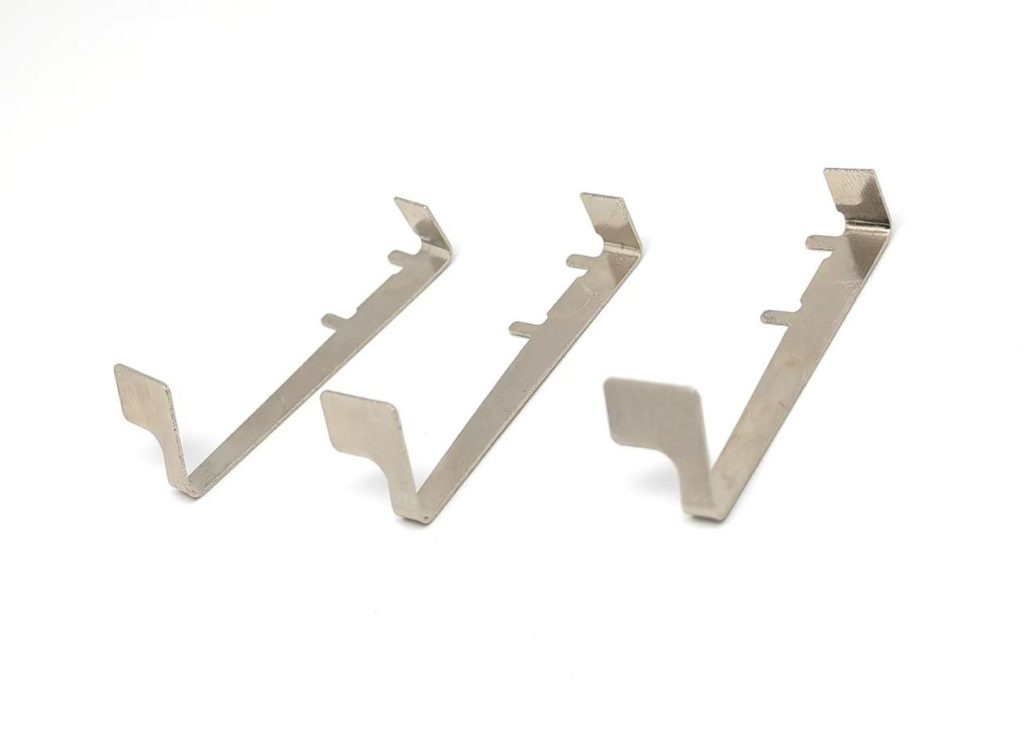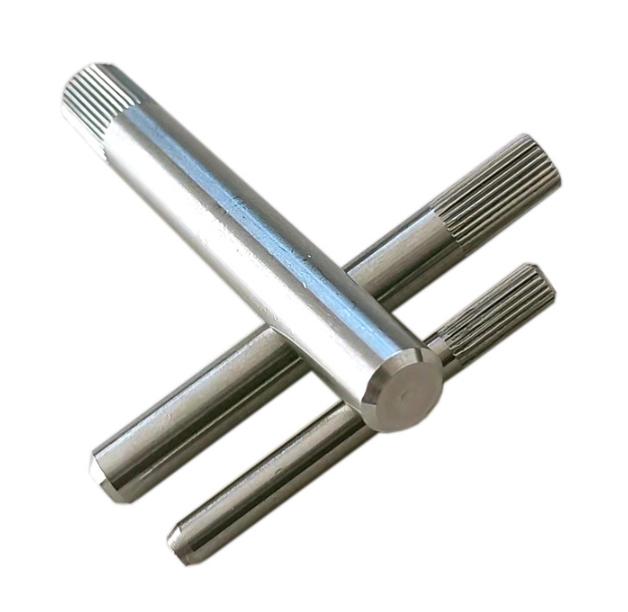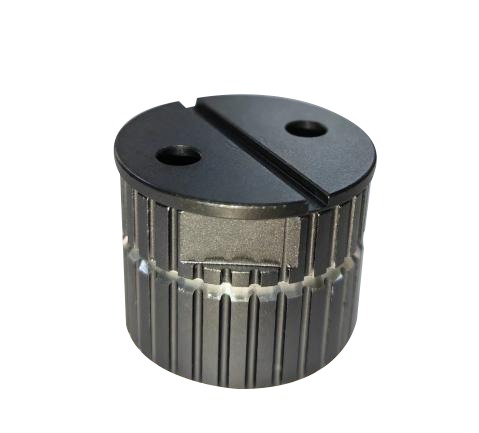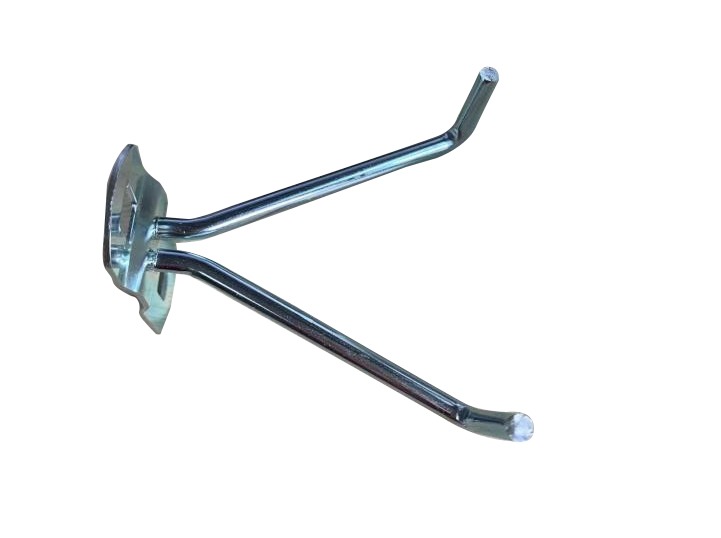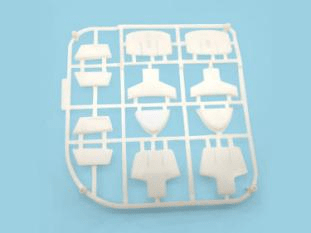7 Common Inspection Methods for Stamping Parts
With the development of society, there are more and more kinds of stamping products, which are used in all walks of life. In order to improve work efficiency, inspect work quality and product quality, we need to inspect stamping parts. This paper will introduce 7 common inspection methods for stamping parts.
1. Flexible Gauze Mesh Grinding
The specific methods are as follows: 1. Wipe the surface of the outer covering with clean gauze.
Use flexible gauze mesh to grind the surface of stamping parts to the whole surface along the longitudinal direction, and it is easy to find any pitting and indentation.
2. Touch Test
The specific methods are as follows: 1. Wipe the surface of the outer covering with clean gauze.
The inspector shall wear touch gloves, and then touch the stamping parts along the longitudinal direction close to the surface of the stamping parts to check whether there are obvious burrs, indentation, scratches, rough fillets, etc.
Note: This inspection method depends on the experience of the inspector. This method is an effective and fast test method.
3. Visual Inspection
The specific methods are as follows: 1. Check the surface for rust, cracks, sand holes, slag inclusions, burrs or bruises. The surface of qualified spare parts has both a certain precision and a shiny finish. The more important the spare parts are, the higher the precision is, and the more strict the anti rust and anti-corrosion packaging is.
Check whether the bonding parts are loose. For the accessories composed of two or more parts, the parts are pressed, glued or welded, and no looseness is allowed between them.
Note: Visual inspection is mainly used to find the appearance abnormalities and macro defects of stamping parts.
4. Grinding with Oil Stone
The specific methods are as follows: 1. First, wipe the surface of the outer cover with clean gauze.
Then use an oilstone (20 × twenty × 100mm or more), and relatively small oilstone shall be used to polish the places with arc and hard to reach (for example: 8 × 100mm semi-circular stone).
Note: The selection of stone size depends on the surface condition (such as roughness, galvanization, etc.). Fine grained oilstone is recommended. The grinding direction of the oilstone is basically along the longitudinal direction, and it fits the surface of the stamping parts well. In some special places, the horizontal grinding can also be supplemented.
5. Inspection with Inspection Tools
The specific method is: put the stamping parts into the inspection tool, operate according to the requirements of the inspection tool manual, and inspect the stamping parts.
6. Oiling Inspection
The specific methods are as follows:
1. Wipe the surface of the outer covering with clean gauze.
2. Use a clean brush to evenly apply oil to the entire outer surface of the stamping along the same direction.
3. Put the oiled stamping parts under strong light for inspection.
Note: With this method, it is easy to find small pits, dents, ripples, etc. on the stamping parts.
7. Adopt Approximate Process Test
In the actual production process, we often use process tests similar to the stamping process, such as tensile property test, bulging property test, to inspect the stamping performance of materials, so as to ensure the quality and high qualification rate of finished products.
What are the Characteristics of Stamping Parts?
1. Complete the processes of feeding, stamping, delivery and waste disposal in a short time, and can produce tens or hundreds of stamping parts every minute.
2. The products produced by the unified mold are uniform, with minimal error and high dimensional accuracy. The one-time weighing error of several products produced by random sampling of unified mold is within 3%.
What are the Stamping Equipment?
In addition to forming thick plates with hydraulic presses, mechanical presses are generally used as stamping equipment. The automatic stamping production line with high productivity can be formed by combining the conveying machinery, the die library and the rapid die changing device, and using the computer program control.
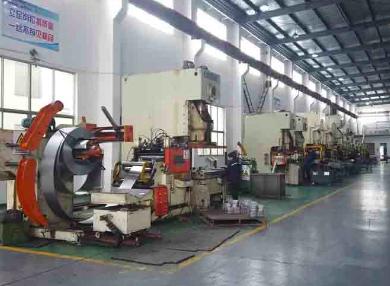
What is the Impact of Stamping Molds on Stamping Parts?
- The precision and structure of stamping mold directly affect the forming and precision of stamping parts.
- The manufacturing cost and service life of molds are important factors that affect the cost and quality of stamping parts.
- Mold design and manufacturing require more time, which extends the production preparation time of new stamping parts.

What is the Development Trend of Stamping Molds?
- Standardization of mold base and guide piece.
- R&D and production of simple molds (for small batch production), composite molds, and multi station progressive molds (for large batch production).
- Research, development and manufacture of quick mold change device.
The purpose is to reduce the preparation workload and shorten the preparation time of stamping production as much as possible, so that the advanced stamping technology suitable for mass production can be reasonably applied to small batch and multi variety production.
KENENG not only produces commonly used fasteners, springs and magnets, but also provides CNC machining service and stamping service. Including the production of batch parts and the design and production of molds. If you have relevant needs, please feel free to contact KENENG.

